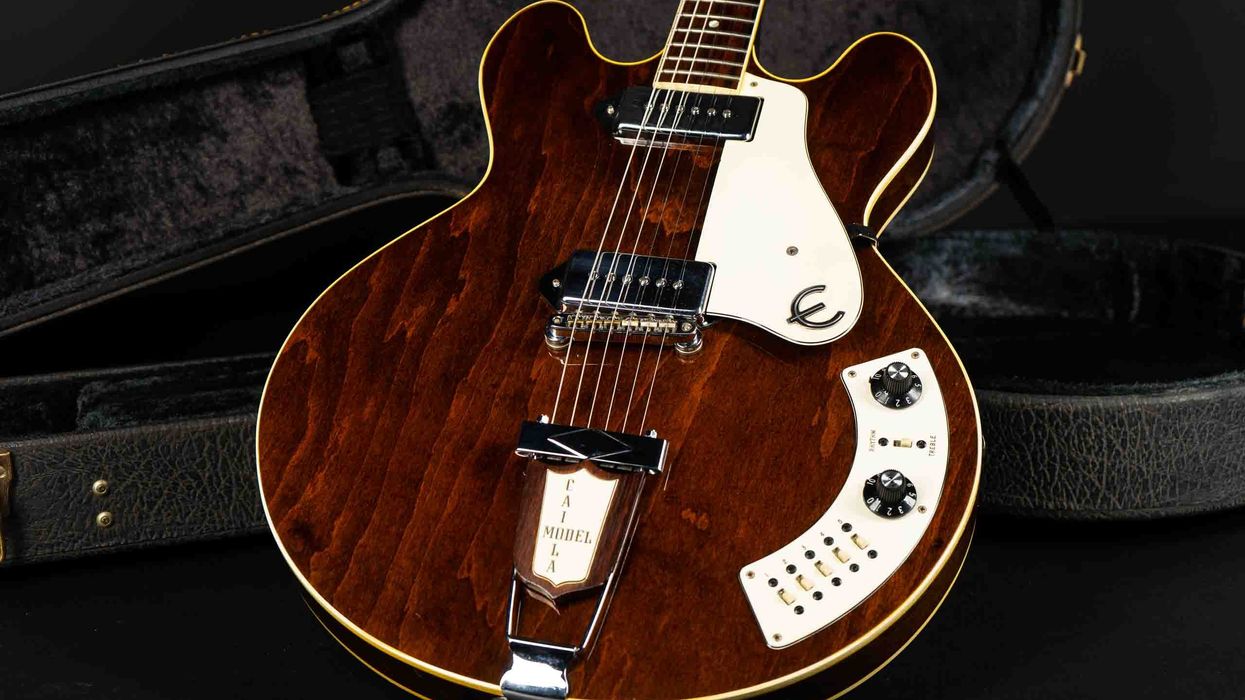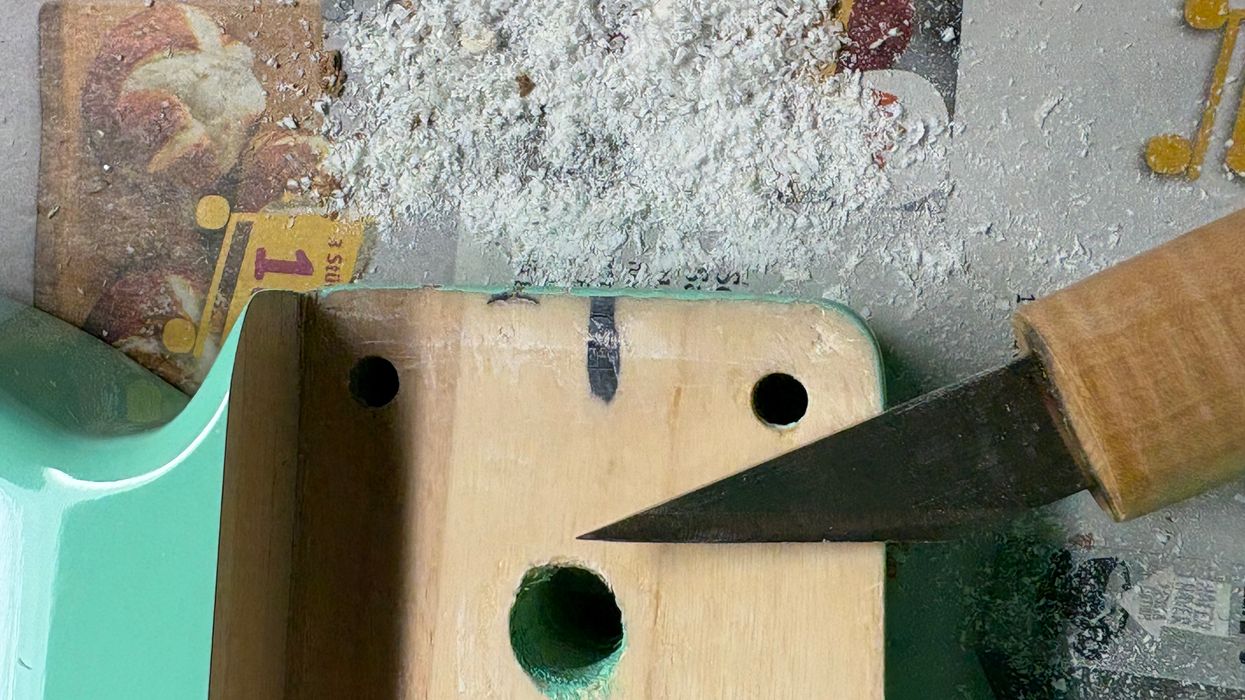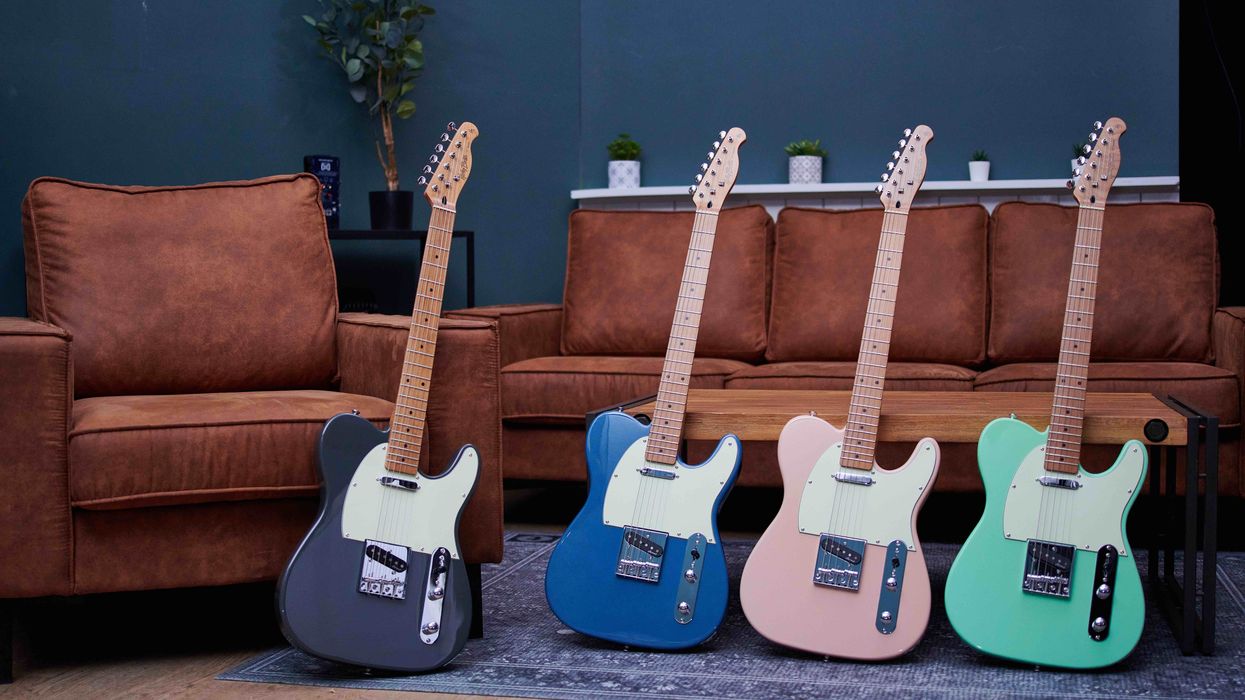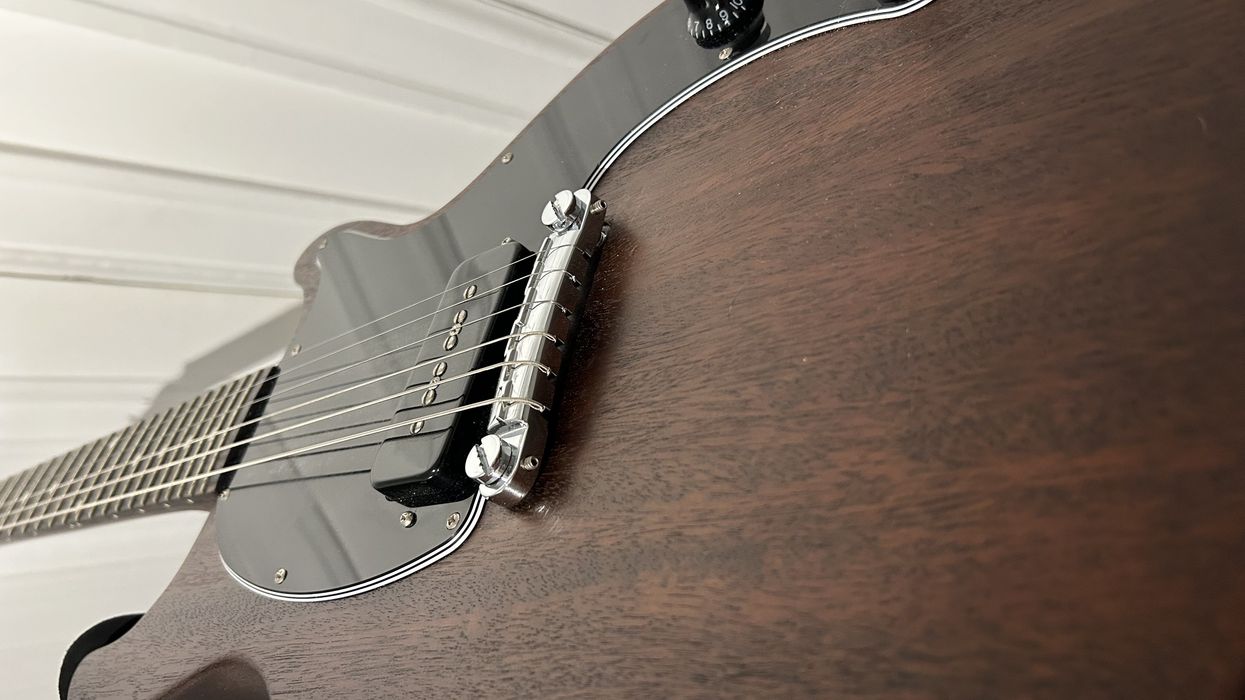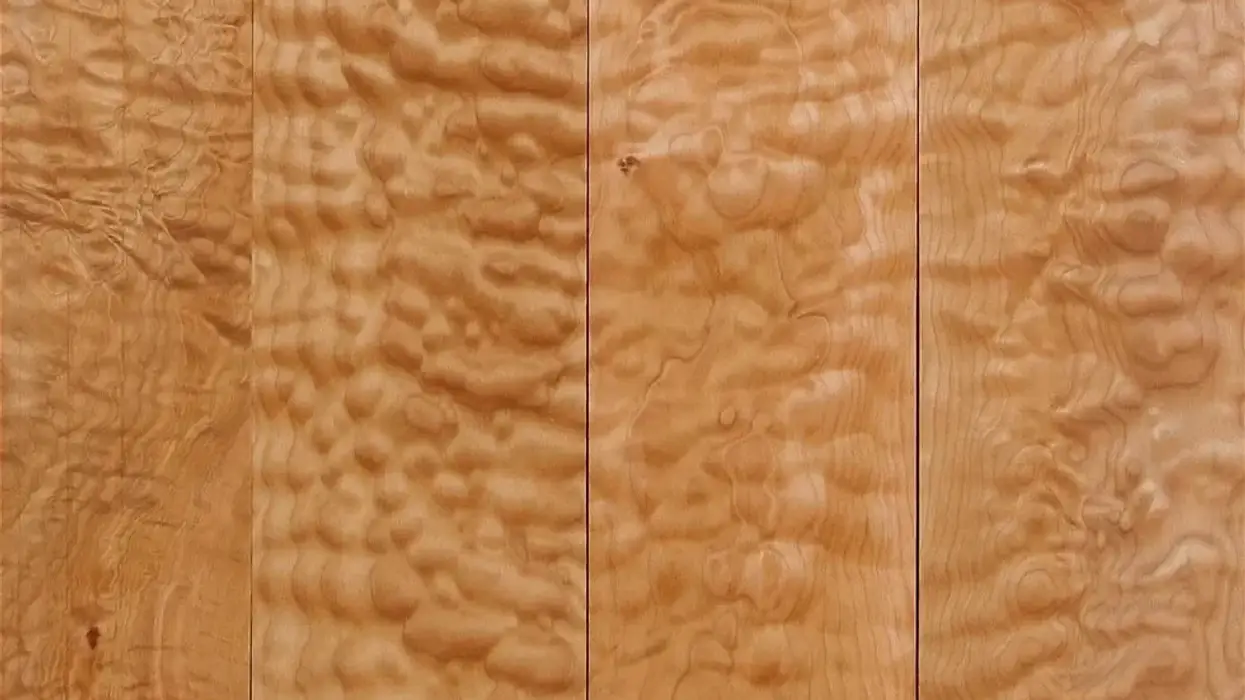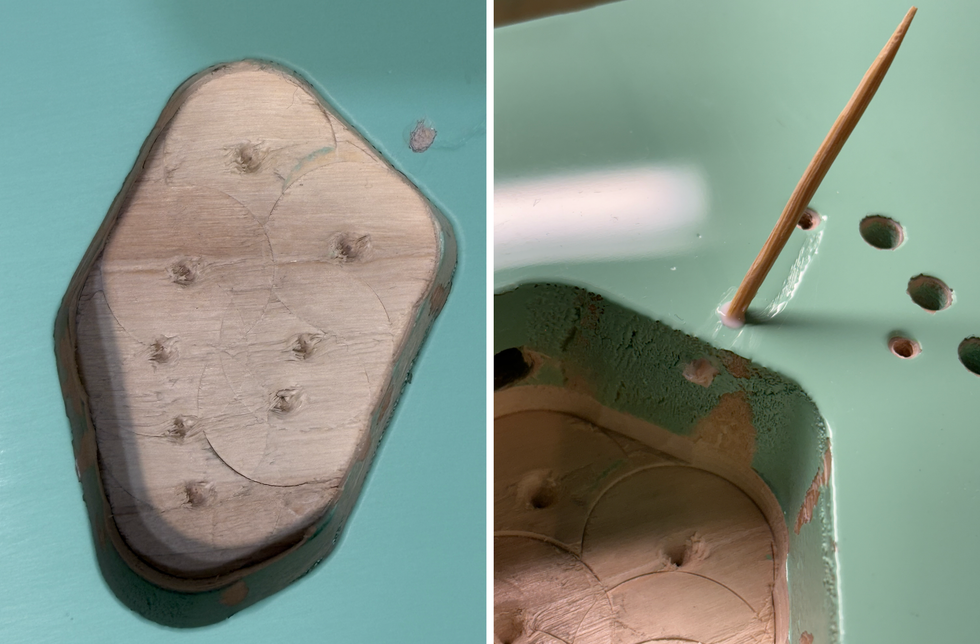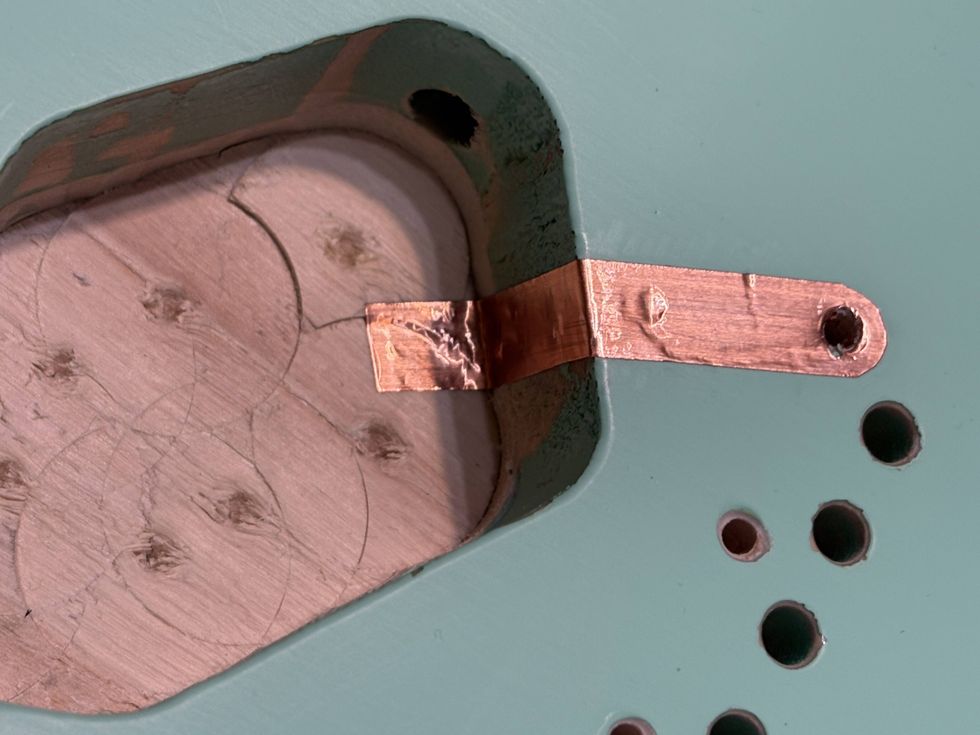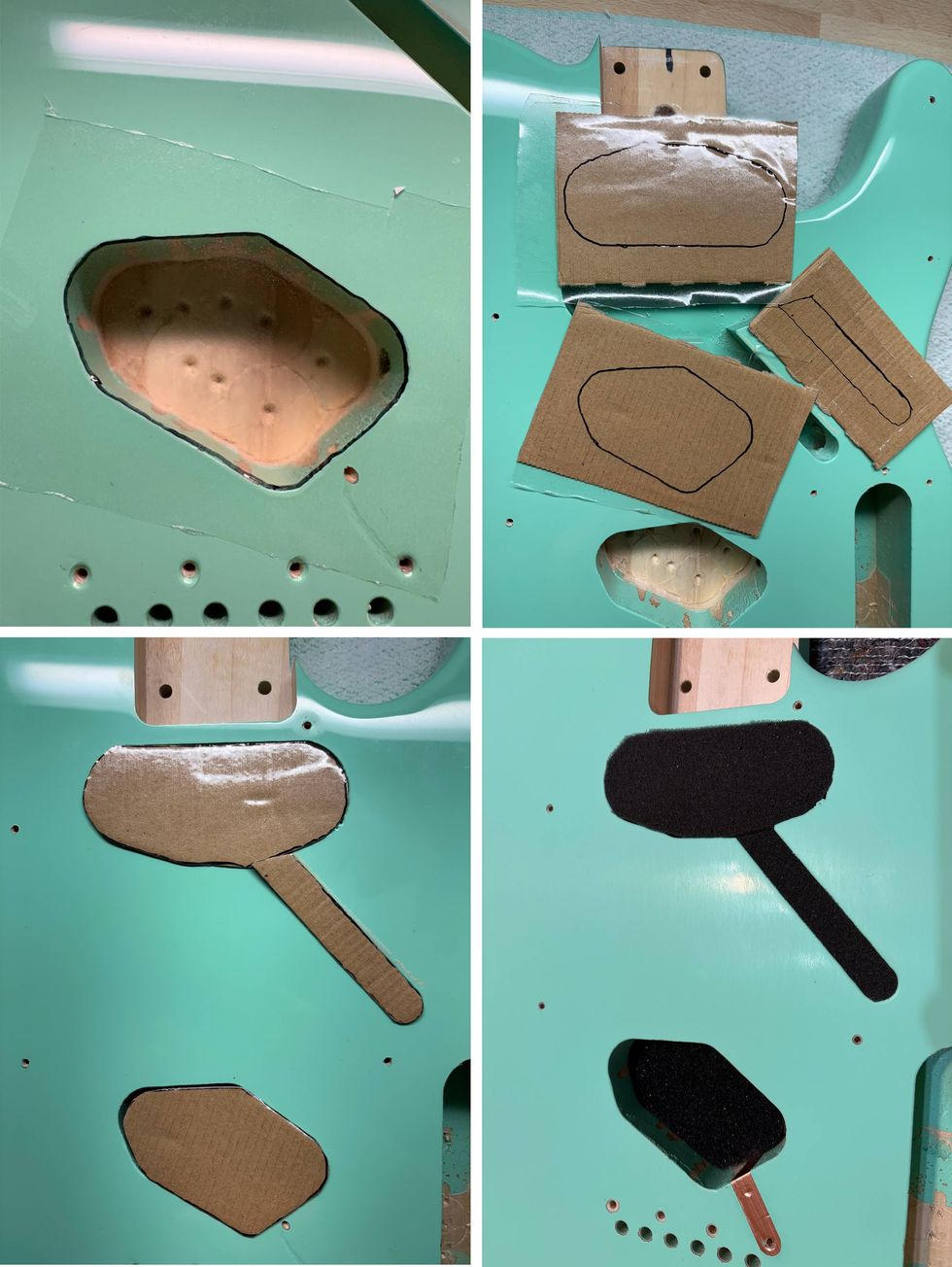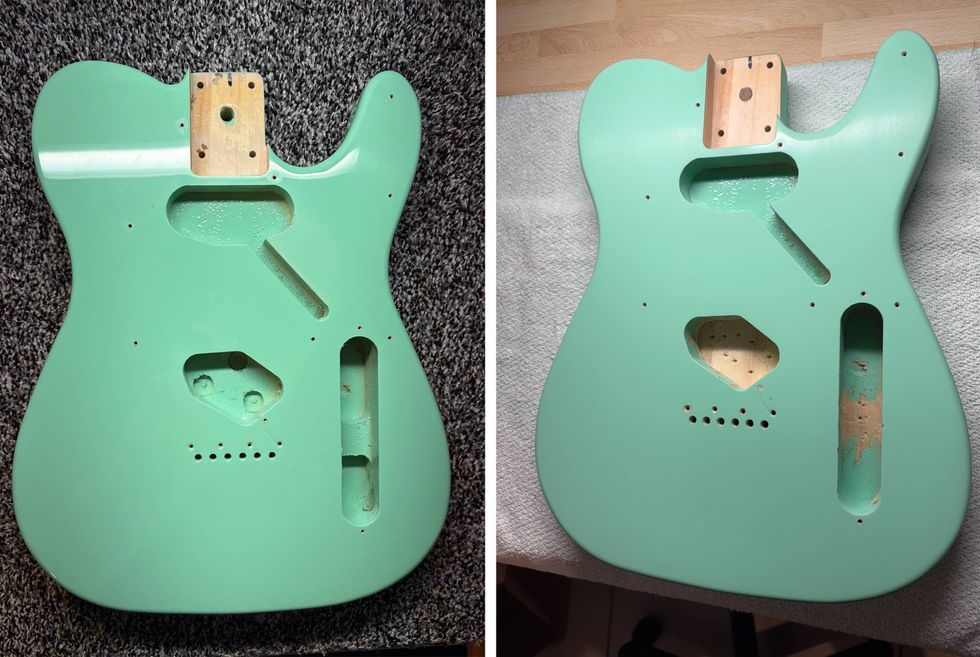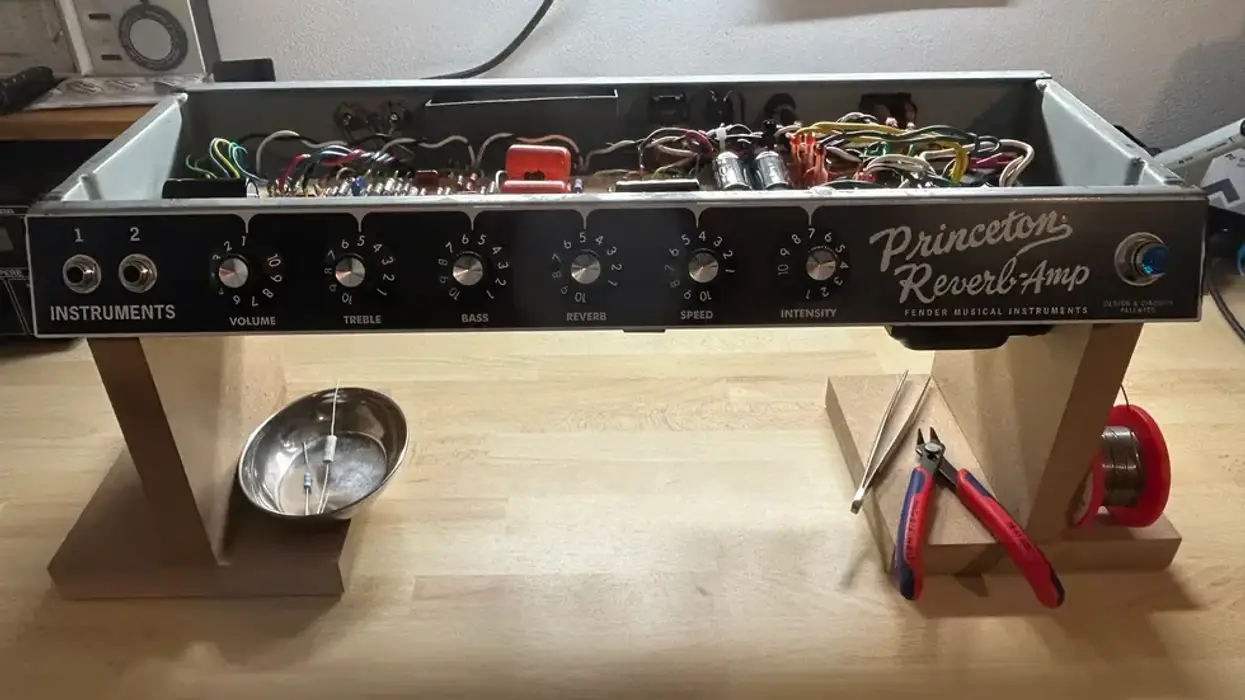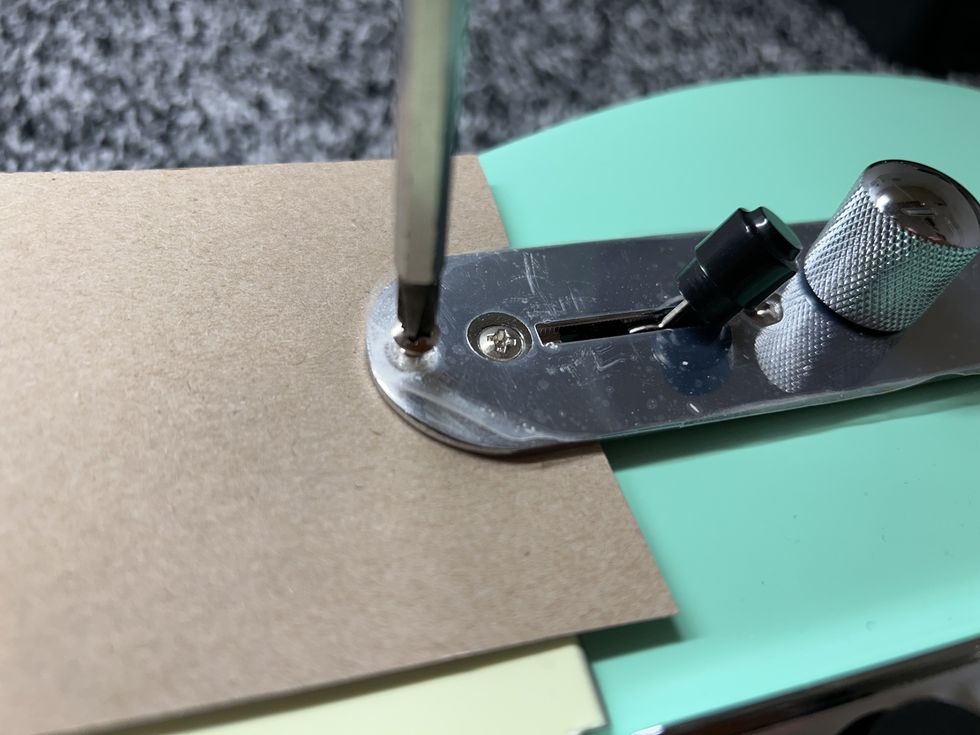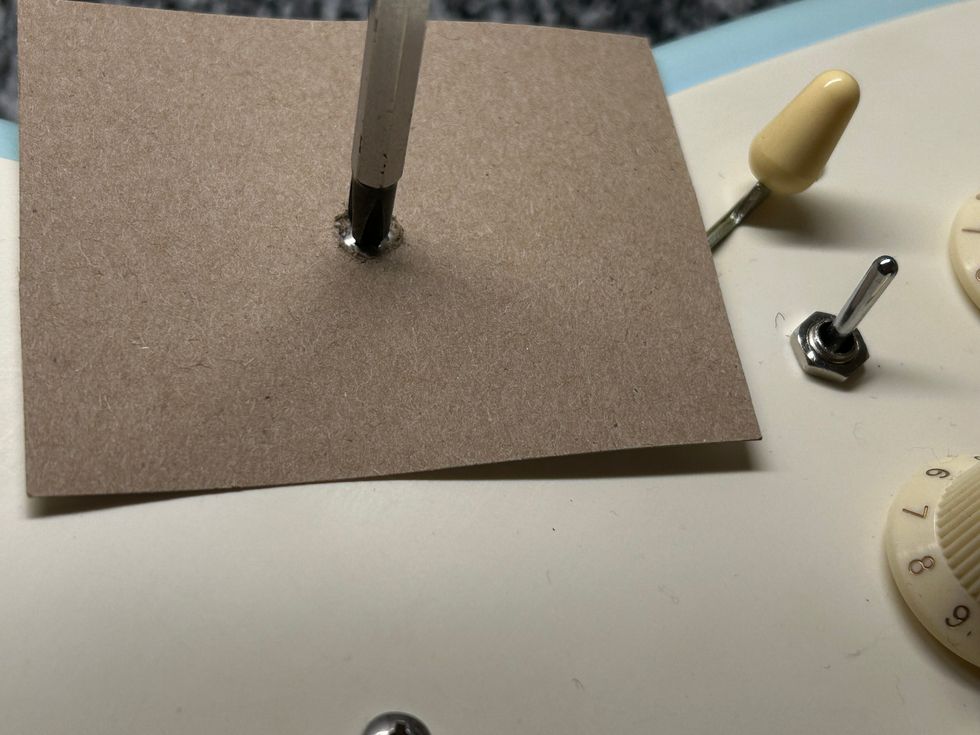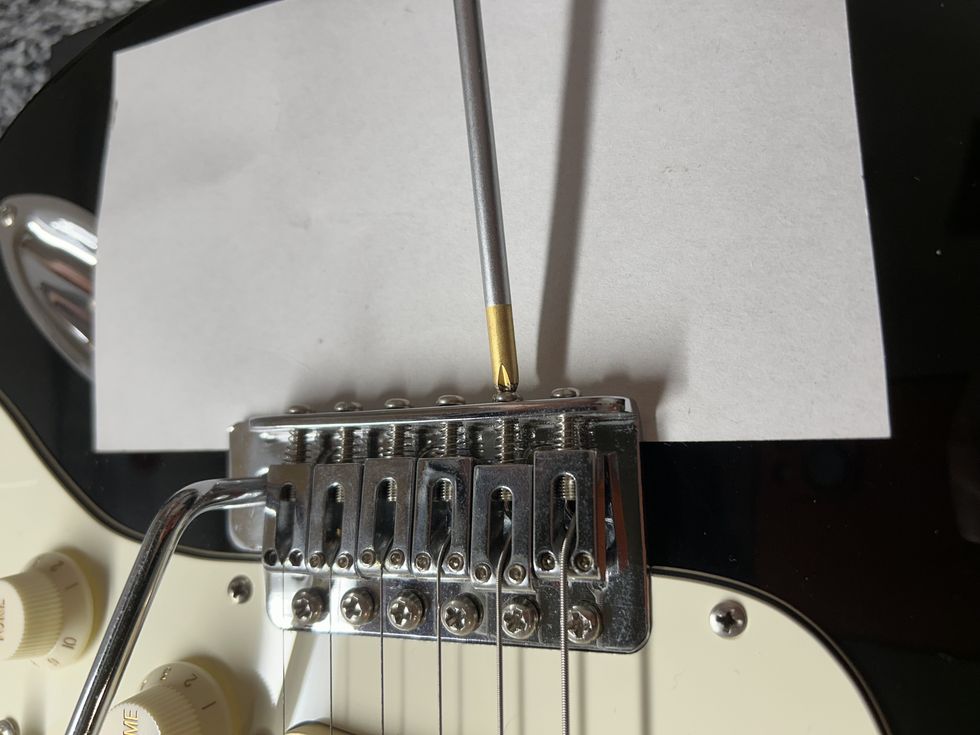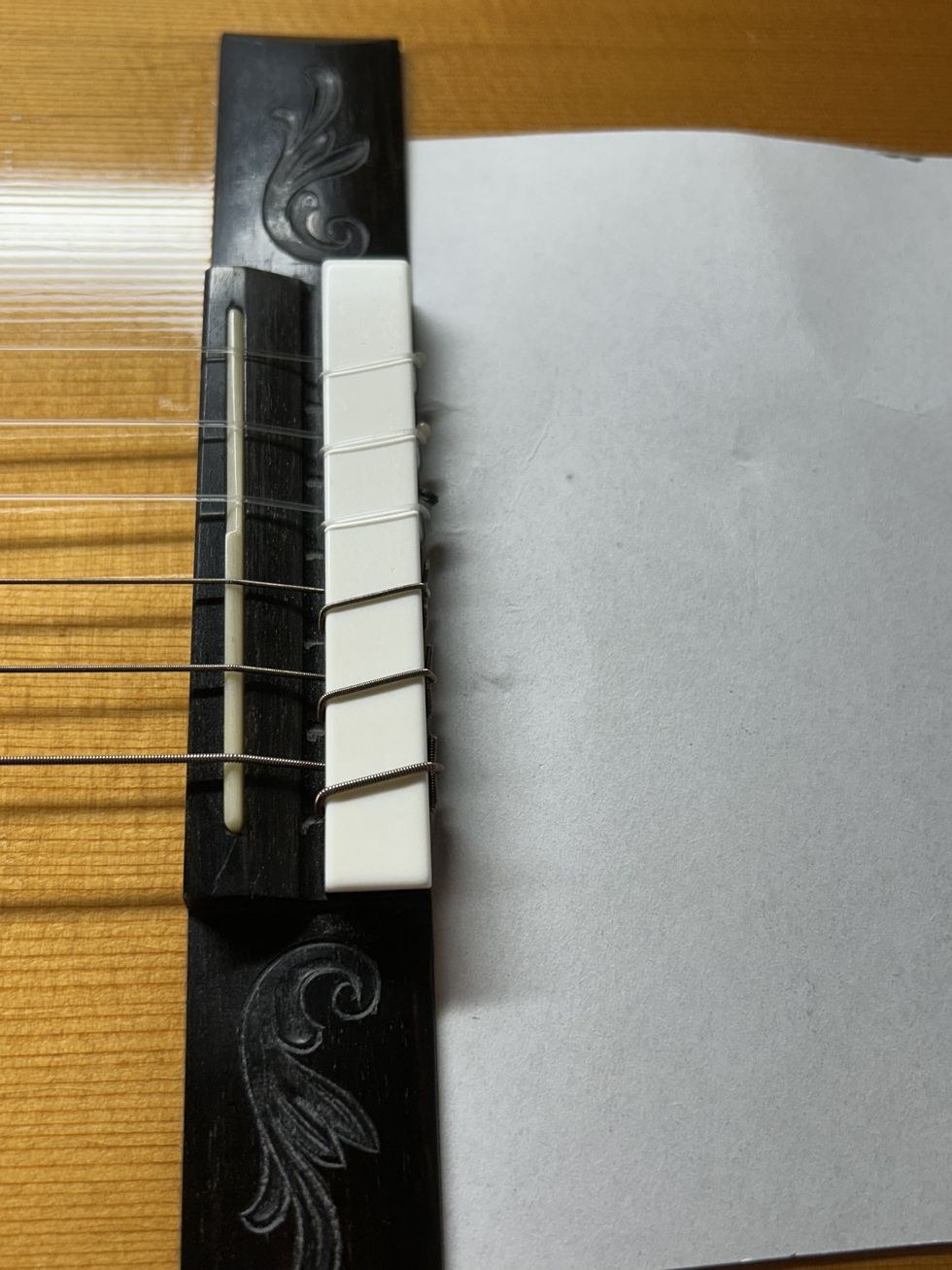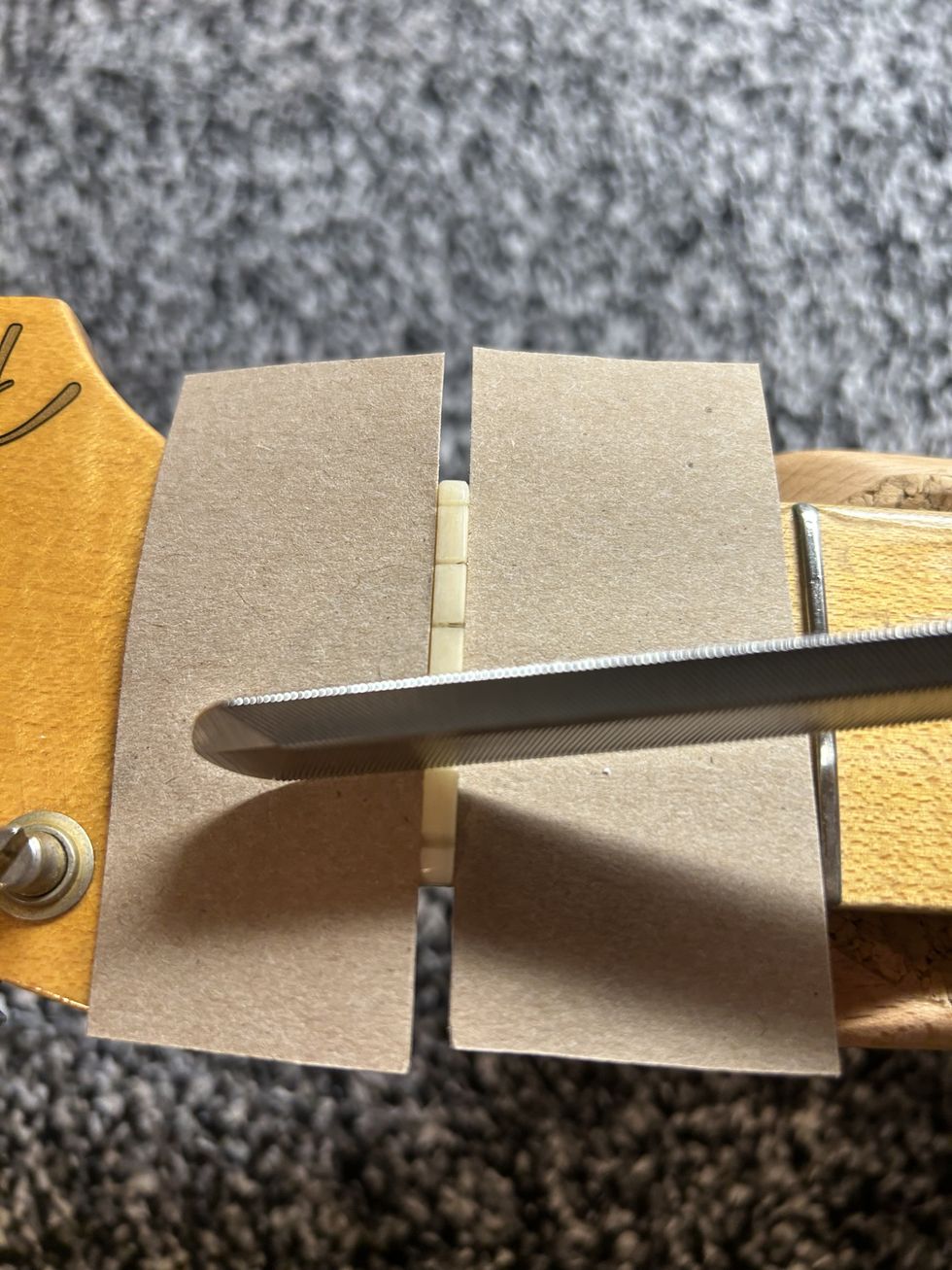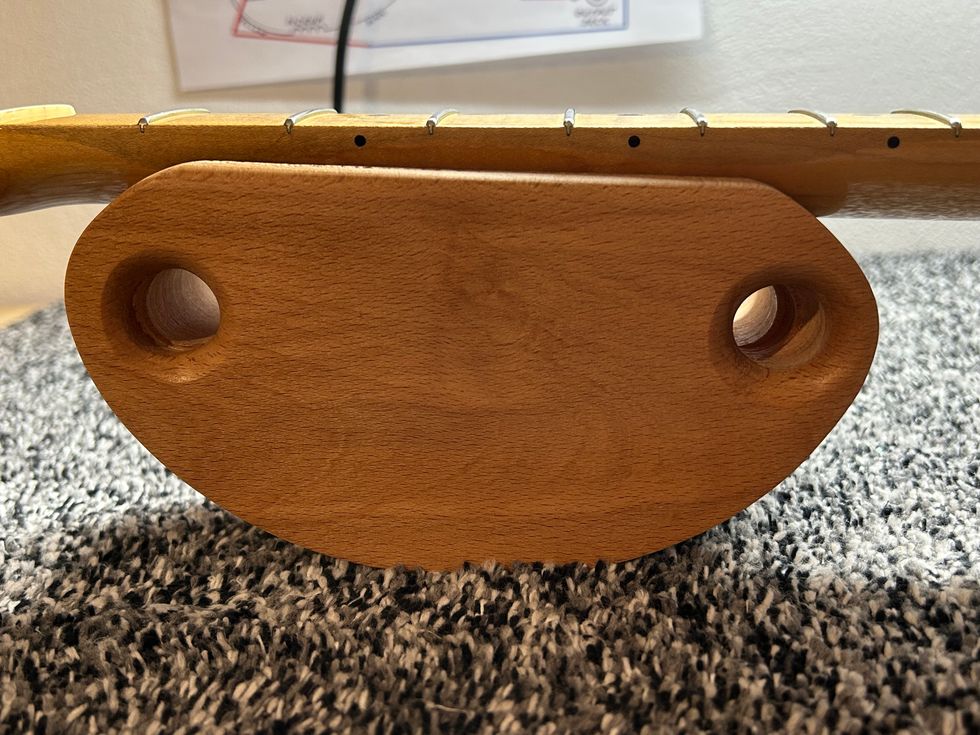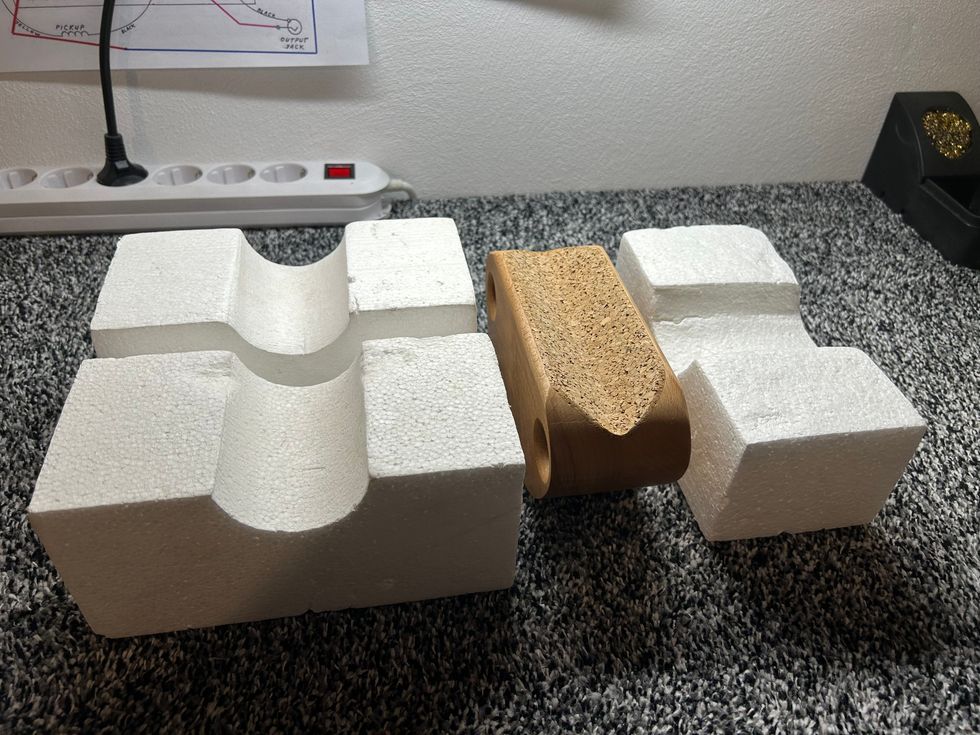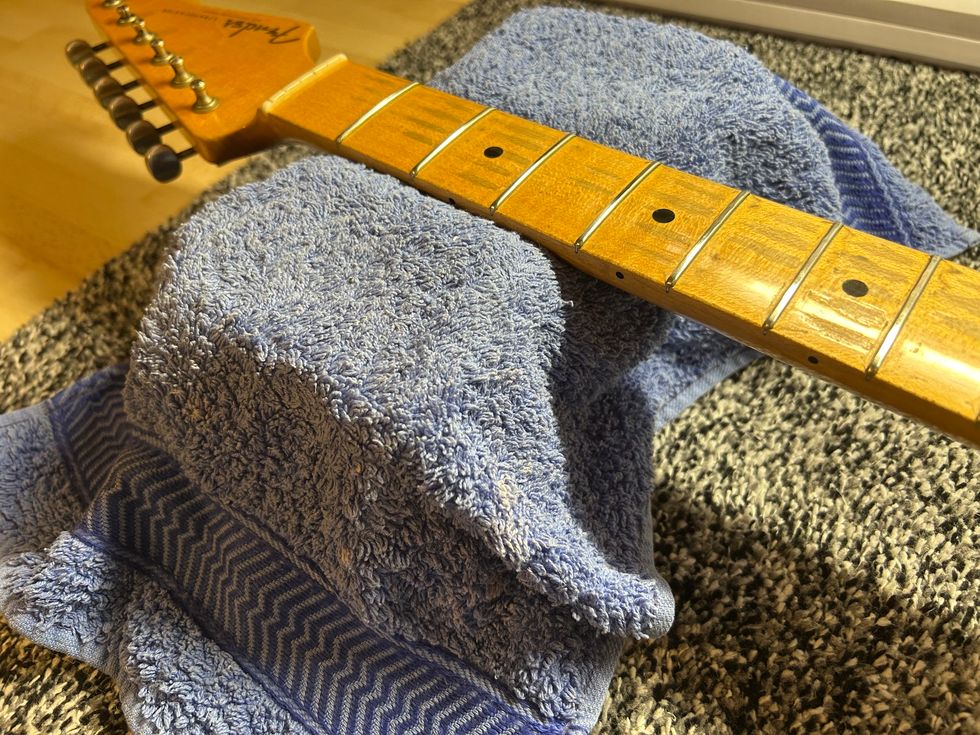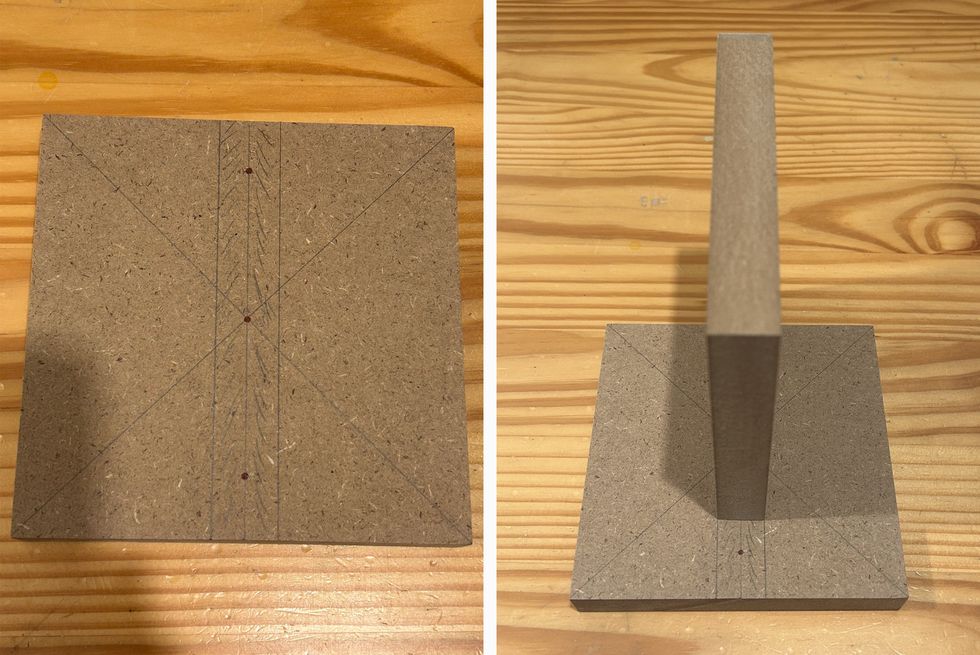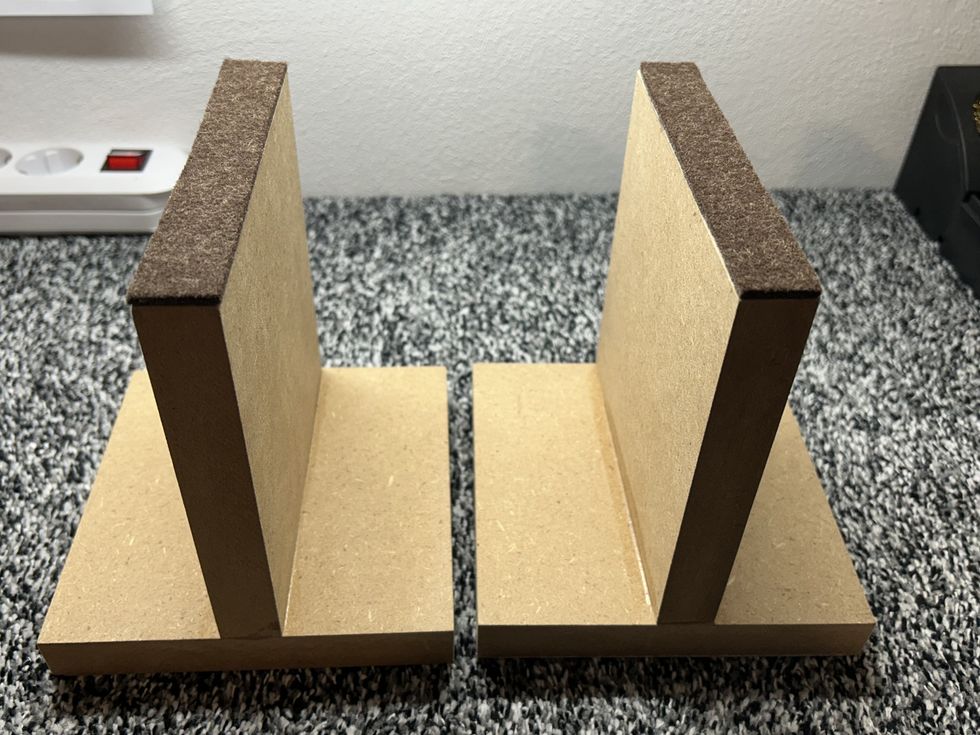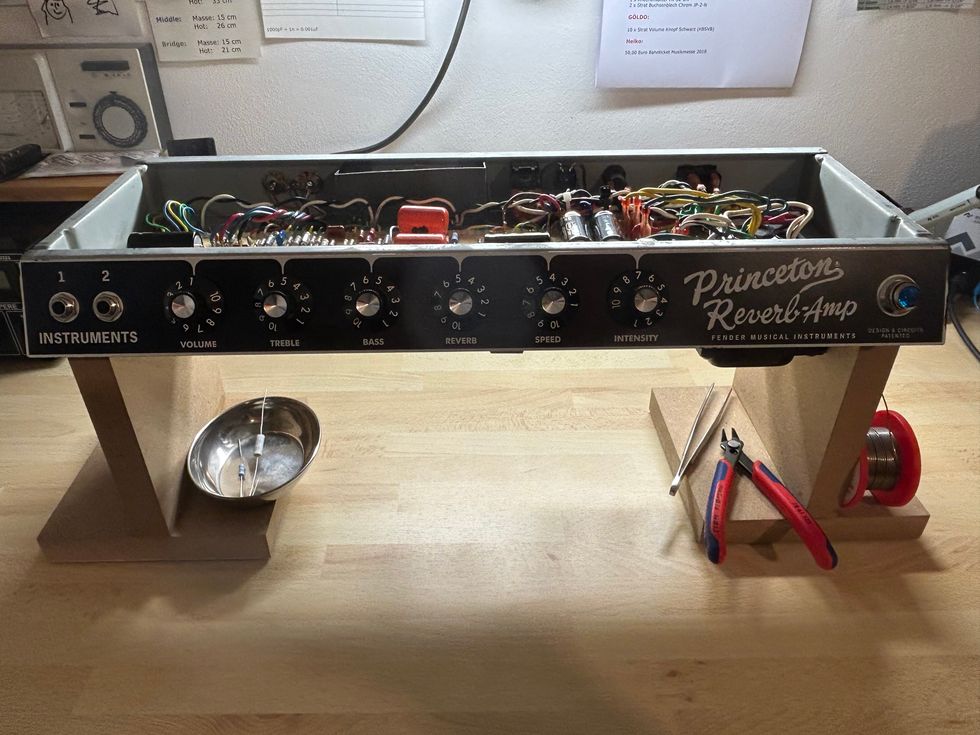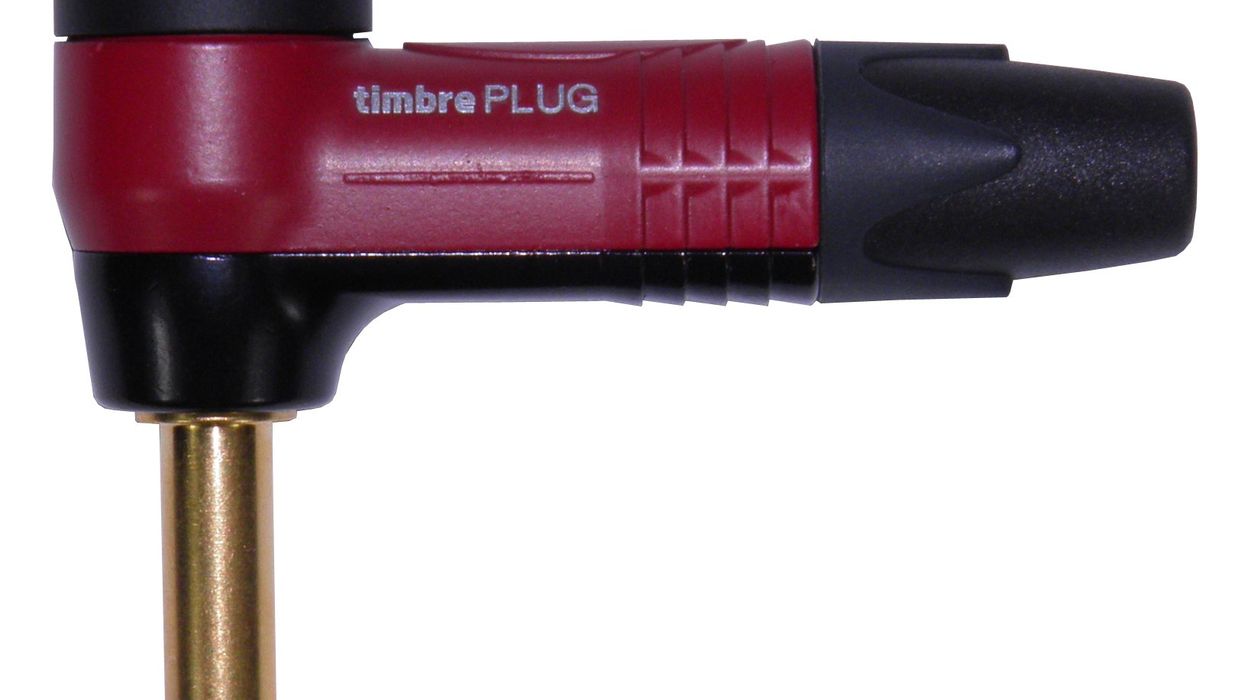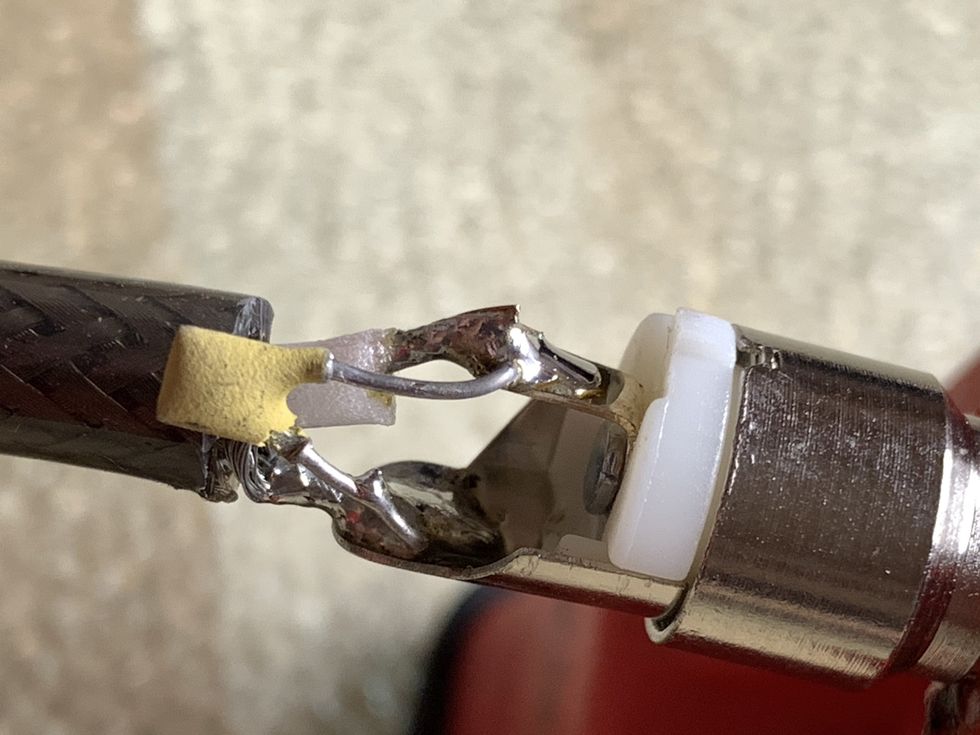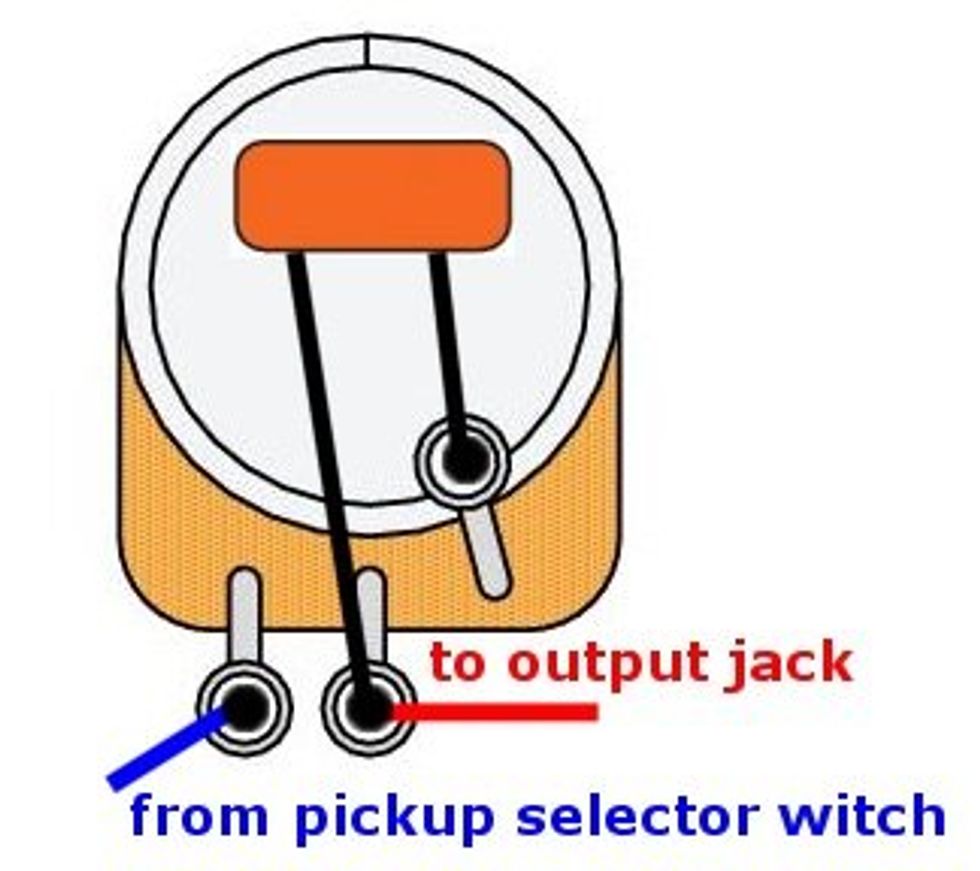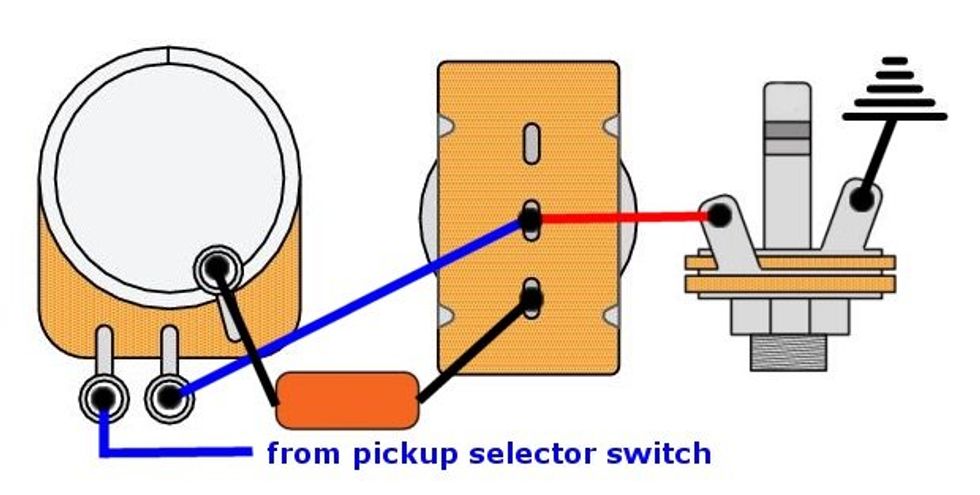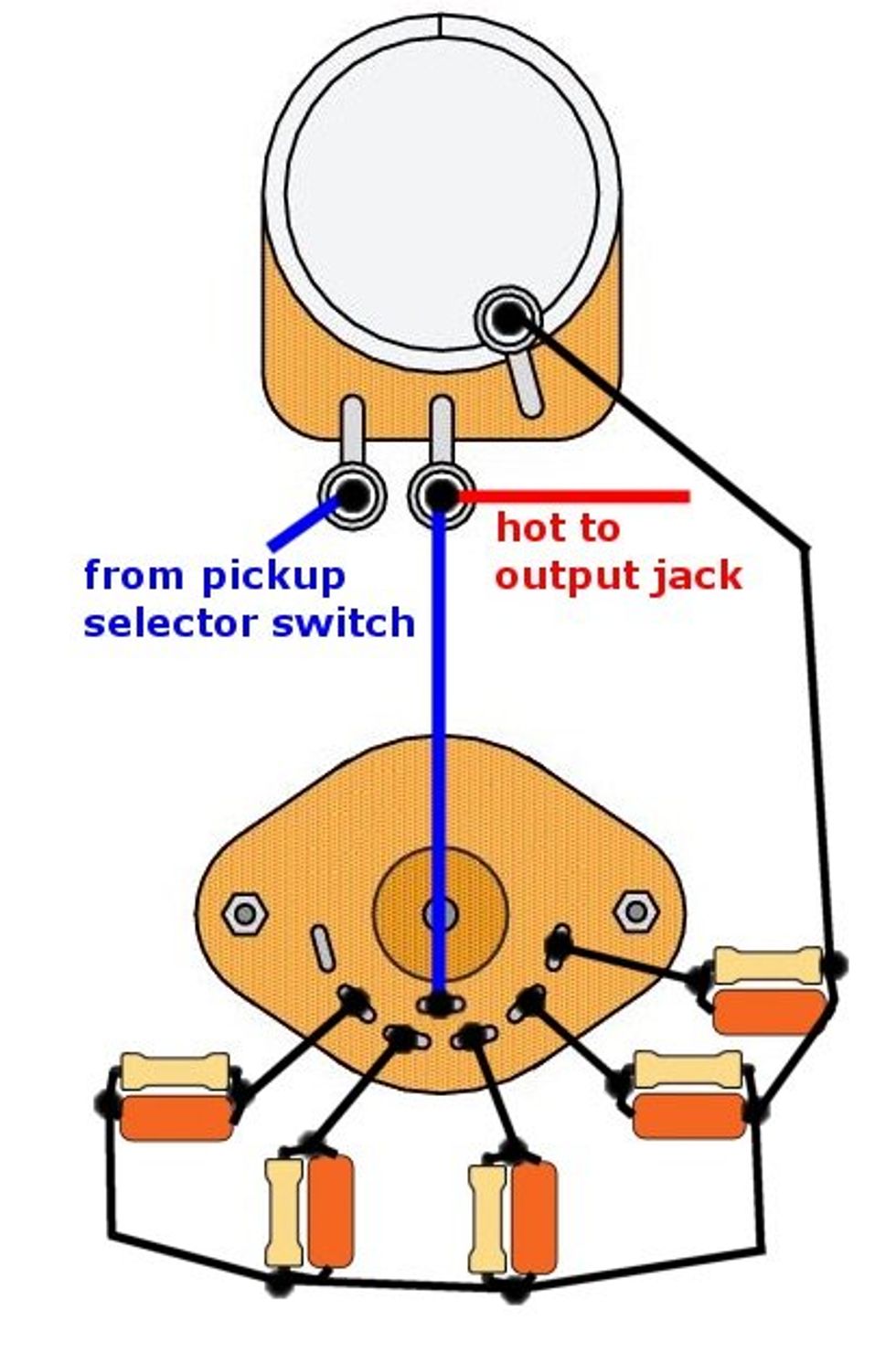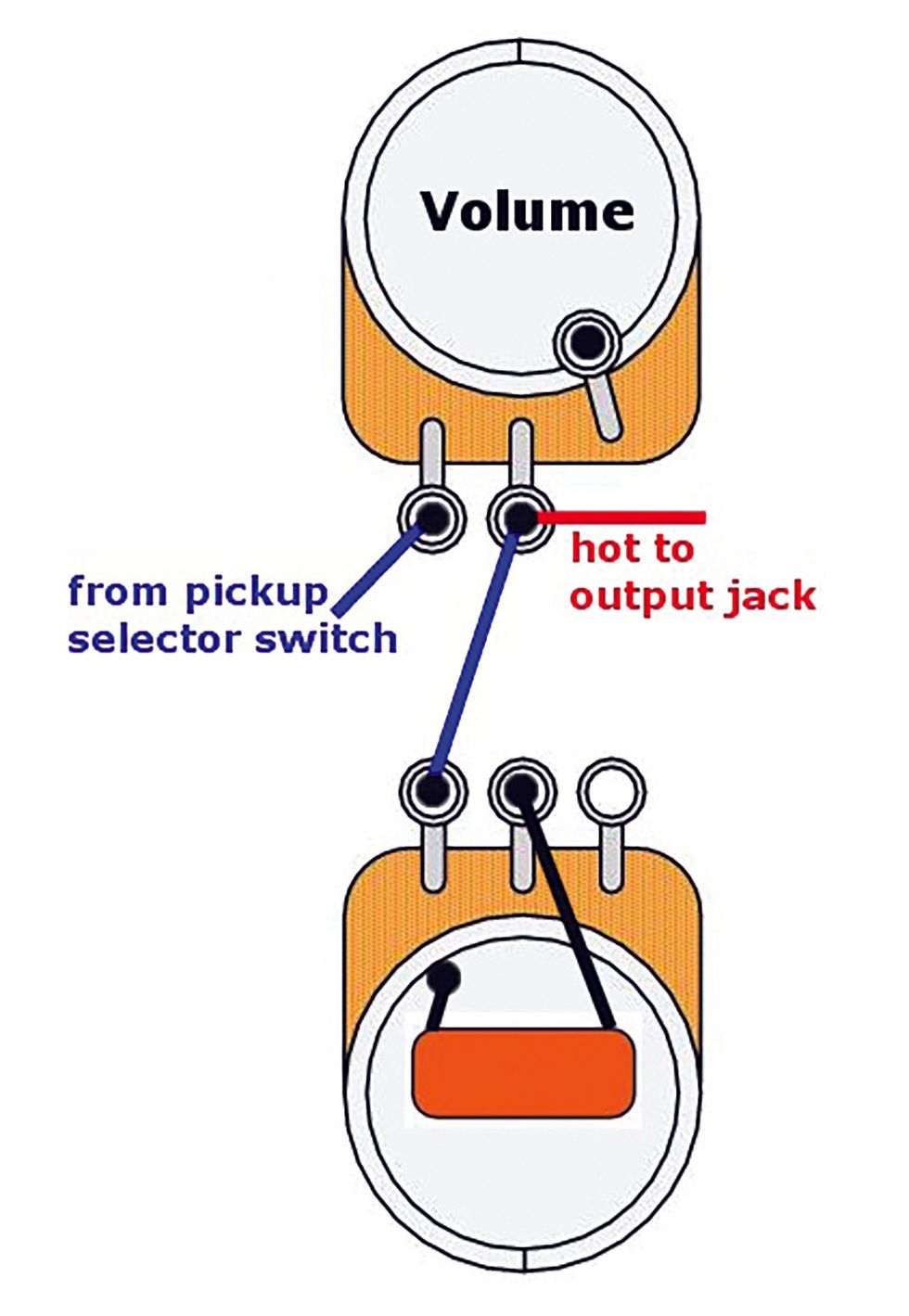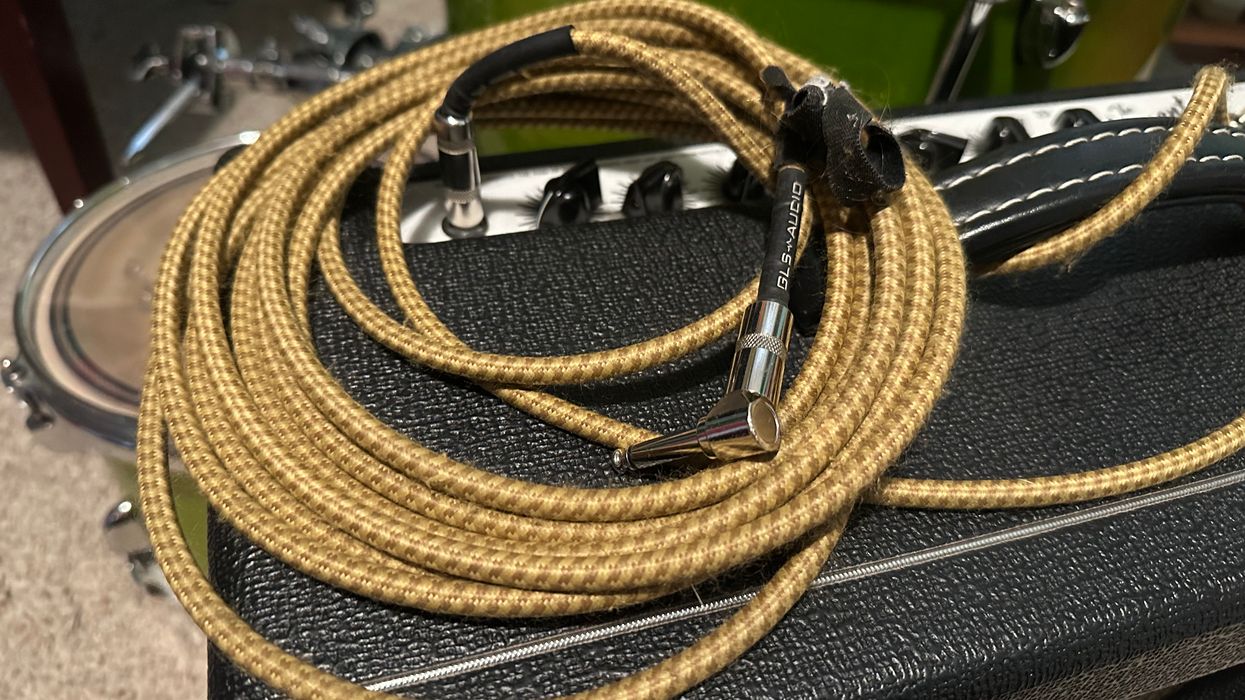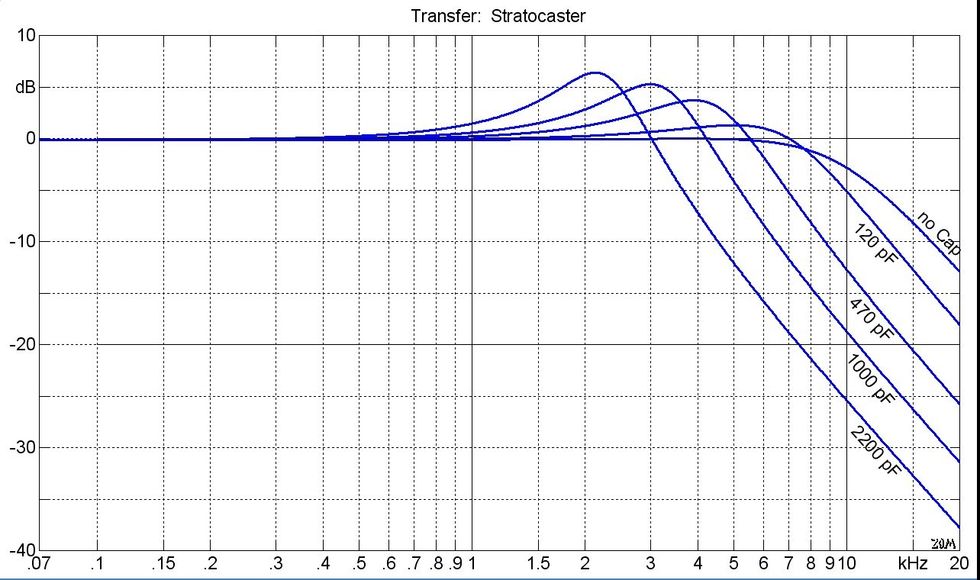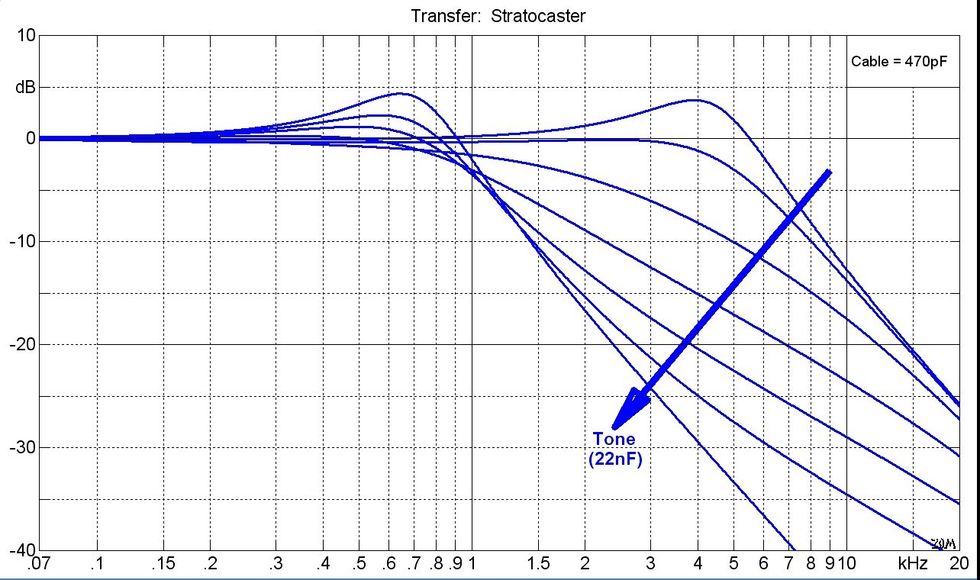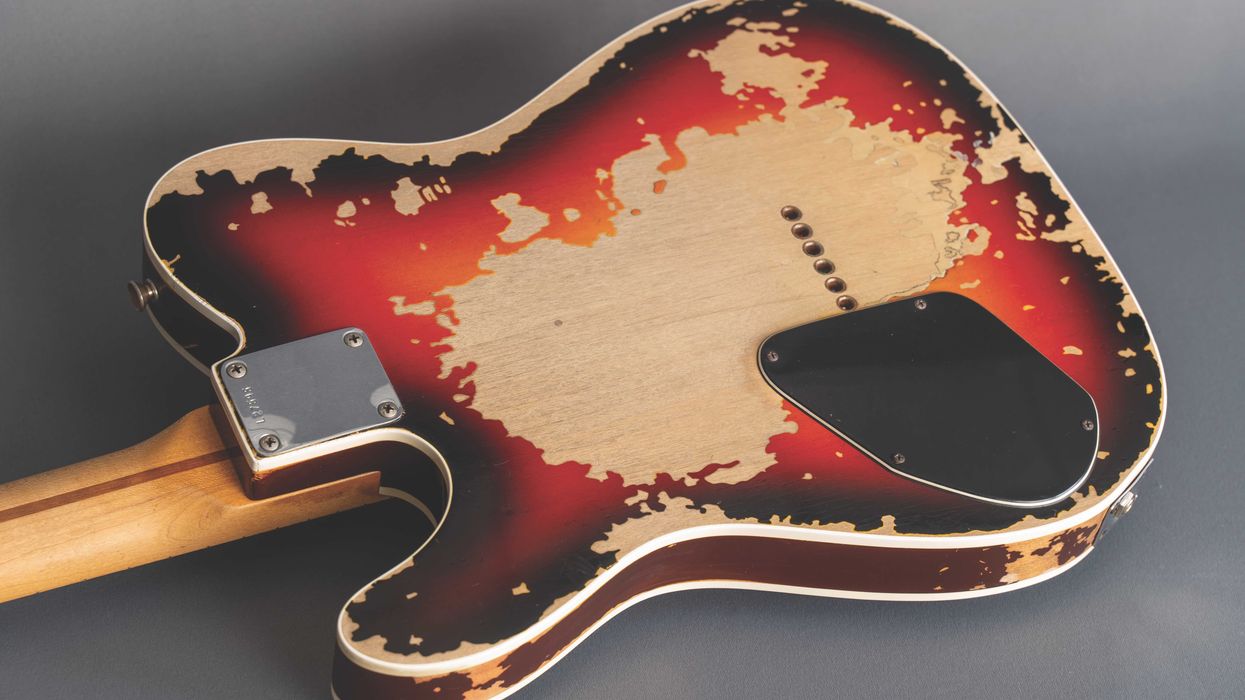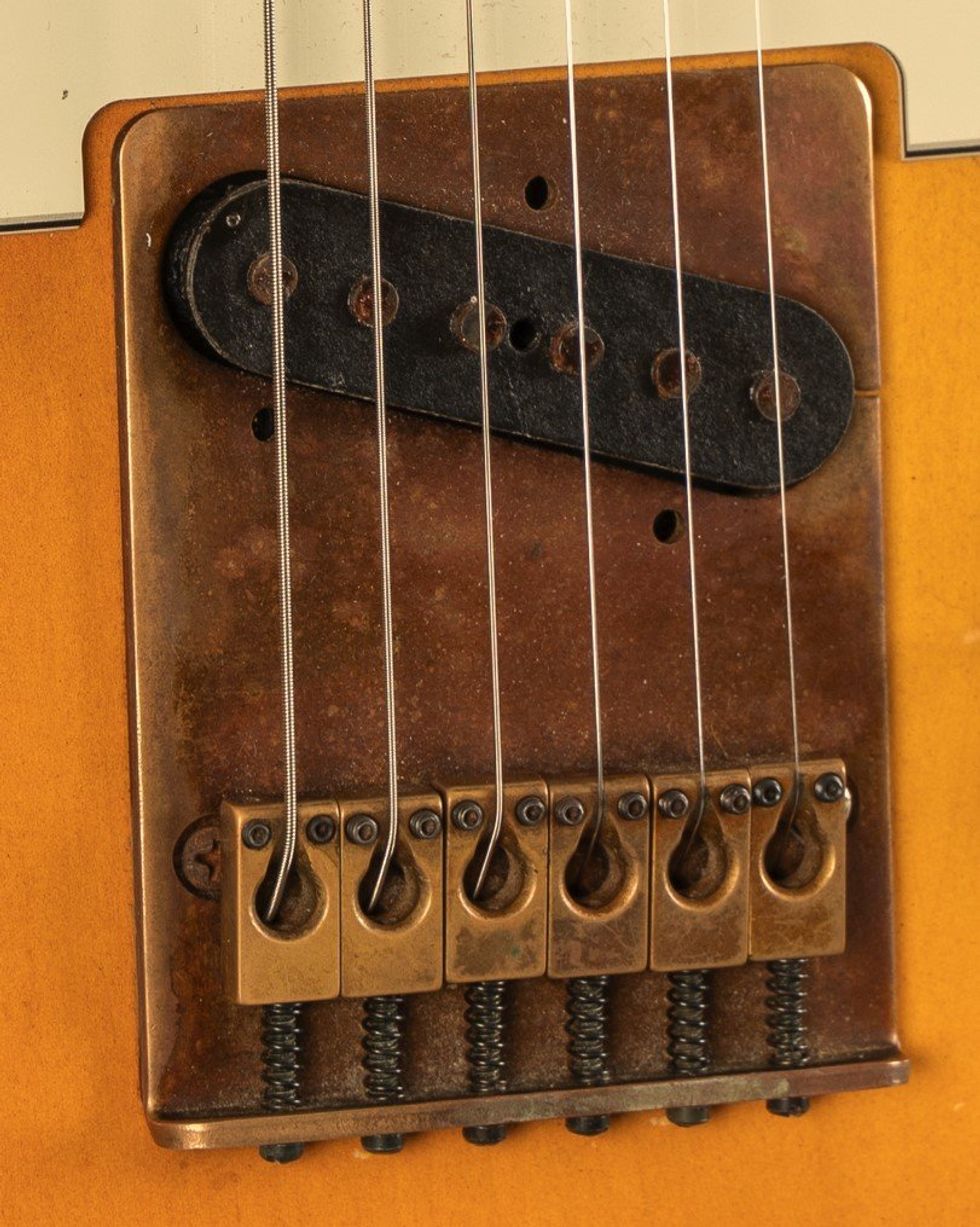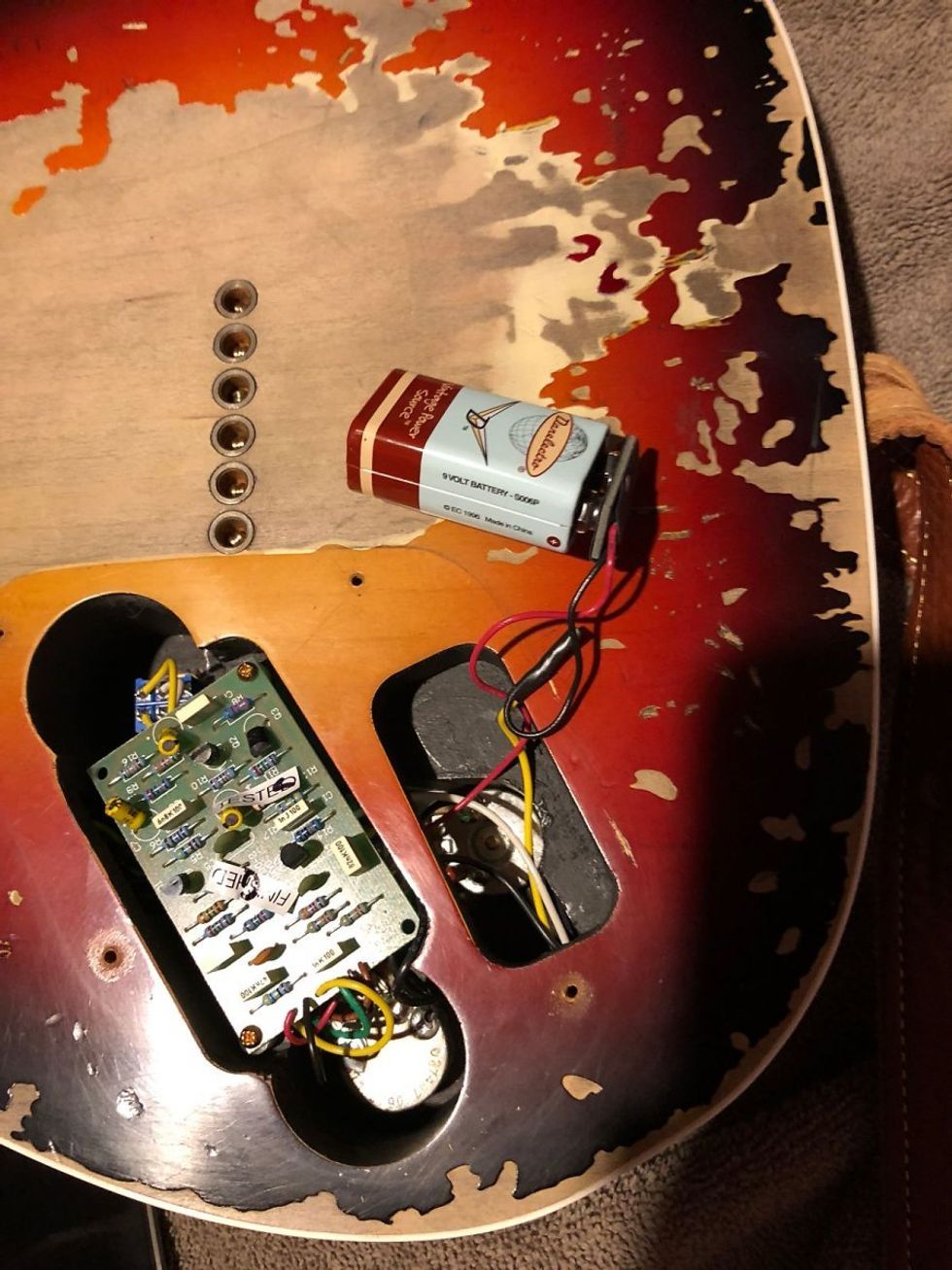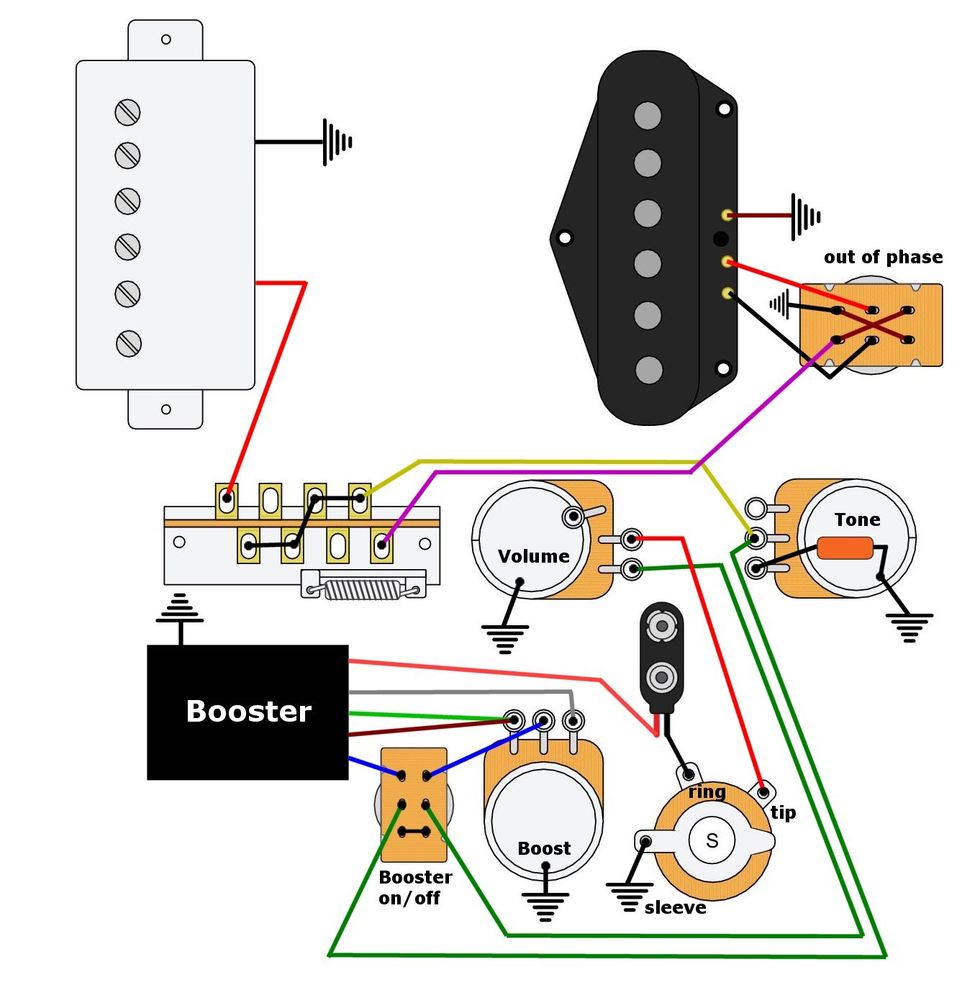Hello and welcome back to Mod Garage. Not long ago, I came home late from a band rehearsal, still overly excited about the new songs we played. I got myself a coffee (I know, it's a crazy procedure to calm down) and turned on the TV. I ended up with an old Bonanza episode from the ’60s, the mother of all Western TV series. Hearing the theme after a long time instantly reminded me of the great Al Caiola, who is the prolific session guitarist who plays on the song. With him in mind, I looked up the ’60s Epiphone “Al Caiola” model and decided I want to talk about the Epiphone/Gibson Tone Expressor system that was used in this guitar.
The Epiphone Al Caiola model was built in the Gibson Kalamazoo factory and was similar to an Epiphone Sheraton, with a longer 25 1/2" scale. It was built from late 1963 until 1969 and was available with different pickups like Gibson mini-humbuckers and P-90s. The guitar would be renamed the Al Caiola Custom to make way for the Al Caiola Standard that was introduced in 1966, but both models had the Tone Expressor system.
The guitar has a Telecaster-like wiring configuration: two pickups, master volume and master tone, 2-way pickup-selector switch. Since the circuit only has a 2-way switch instead of a 3-way switch, you can’t play both the neck and bridge pickup at the same time. (Maybe Al Caiola didn’t like a middle-position sound; who knows?) There are also five additional mini-slider switches labeled 1—5 which make up the Tone Expressor system.
“With the individual slider switches of the Tone Expressor system, you can combine all five switching positions in any way you like, so you have countless possible combinations.”
Having a look under the hood reveals the Gibson Varitone system used on the ES models. My first thought was this was new wine in old bottles, but after having a deeper look, there are differences between the standard Gibson Varitone and the Tone Expressor system. The Gibson Varitone uses a 1.5 H inductor, while the Tone Expressor system has a 15 H inductor on board. The Varitone is a rotary switch, so you can only dial in one of the switching positions, no combinations. With the individual slider switches of the Tone Expressor system, you can combine all five switching positions in any way you like, so you have countless possible combinations. Electronically, the Tone Expressor is a switchable band-rejection filter; mids are attenuated and the result is a crisp, more twangy tone.
In this first of two parts about this very special circuit, I want to describe the switching positions of the Tone Expressor system. First, here are the individual parts:
• 500k audio master volume and master tone pot with a 0.02 μF tone cap. This configuration will work with mini-humbuckers as well as P-90 pickups.
• 2-way pickup-selector slider switch. Having the possibility to engage both pickups together (no matter if in parallel or in series) would enhance this wiring noticeably.
• 15 H inductor (choke). The inductor in this circuit creates a series of notch filters together with the caps of the individual switches, so the circuit doesn’t remove all signal above a certain frequency, but only a certain amount above and below that frequency. There is a lot of debate about using an inductor or not, and if so, what type.
Personally, I think adding an inductor is not the best choice. The design may have worked at the time, but today, most of us are looking for different sounds. While the Varitone has its fans, it was never very popular because it can suck tone, and a lot of people say that it doesn’t have a major effect anyway.
If you want to use an inductor and find a matching one, these have center-tapped primaries and secondaries. Use the entire primary or the entire secondary, and ignore center taps for the Varitone wiring. I had the chance to measure several original inductors (labeled TF-90-1C), and they all showed something between 12 H and 17 H; keeping their tolerances in mind, you can use any inductor in this ballpark.
• 10 M resistors. There is a 10 M resistor connected to the circuit in series to each of the five caps. These “pull-down” resistors prevent loud popping noises when using one of the switches—standard when switching capacitance like on the Varitone system.
• 100k resistor. Together with the caps on the switches, the single 100k series resistor creates a frequency selective voltage divider, which is essential to create a proper frequency notch. The value is well-chosen so there is no need to replace it.
On the Varitone rotary switch, position No. 1 is the bypass mode. The Al Caiola, with its slider switches, naturally doesn’t need an extra switch for this. When no switch is engaged, the Tone Expressor system is in bypass mode. In general, we can say that the bigger the cap, the thinner the tone, and vice versa. Or in other words: The bigger the cap, the more the humbucker tone is tidied up towards a more twangy and single-coil-like tone.
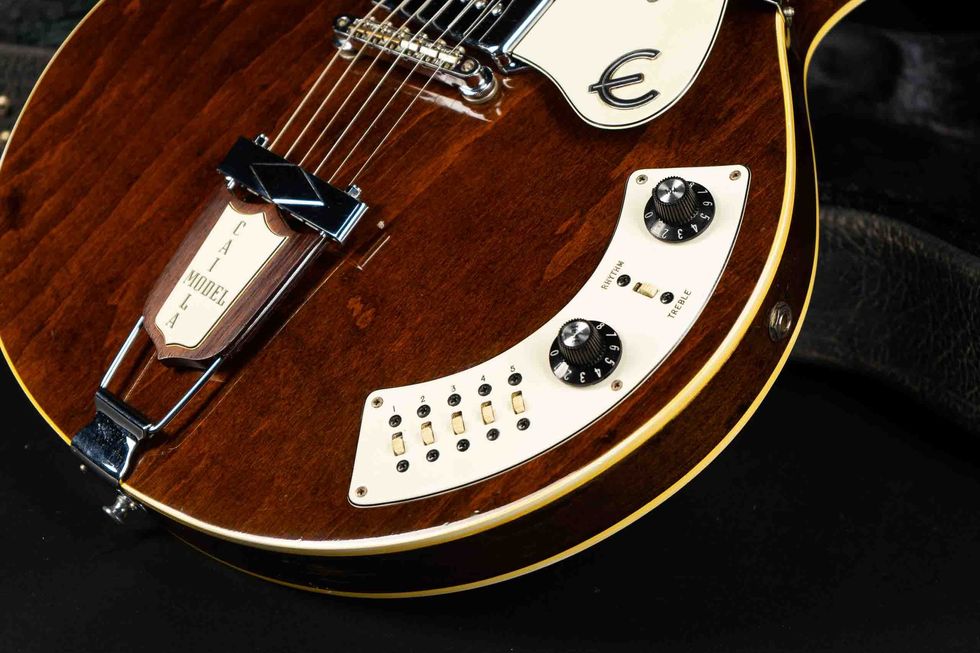
An up-close look at the controls for the Tone Expressor system.
Photo courtesy of Guitar Point (guitarpoint.de)
Here is what each switching position does:
• Switch No. 1 with 1000 pF cap corresponds to position two of the Varitone rotary switch and has a very subtle effect. It’s an unmistakably PAF-style humbucker tone, but with the bass frequencies tidied up a little. This setting can help cut through a mix and will prevent a boomy, woolly tone when playing full-tilt.
• Switch No. 2 with 3000 pF cap corresponds to position three of the Varitone rotary switch and is my favorite setting. Still a PAF-style humbucker tone, but tighter and with more transparency. This tone never gets too boomy and rides on the edge of the P-90 territory.
• Switch No. 3 with 0.01 μF cap corresponds to position four of the Varitone rotary switch. This reminds me of a typical P-90 tone with a tight bass and clarity in the high frequencies—very cool for some break-up blues playing.
• Switch No. 4 with 0.03 μF cap corresponds to position five of the Varitone rotary switch and is a very twangy and single-coil like setting that sounds like a Stratocaster—very useful and versatile.
• Switch No. 5 with 0.22 μF cap corresponds to position six of the Varitone rotary switch and is the most twangy setting. It reminds me a lot of a good Telecaster, especially with the bridge pickup.
Next month, we will look into different ways to set up and mod this circuit, so stay tuned!
Until then ... keep on modding!


